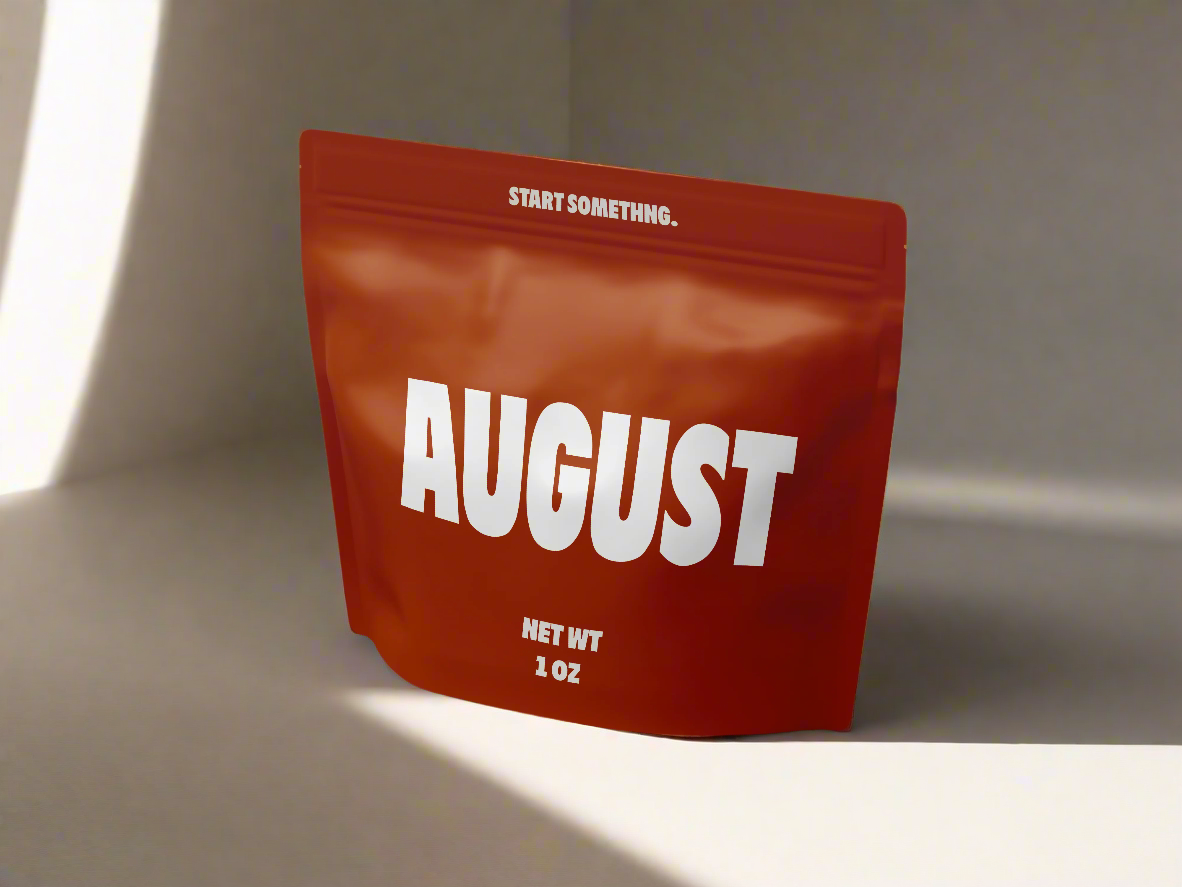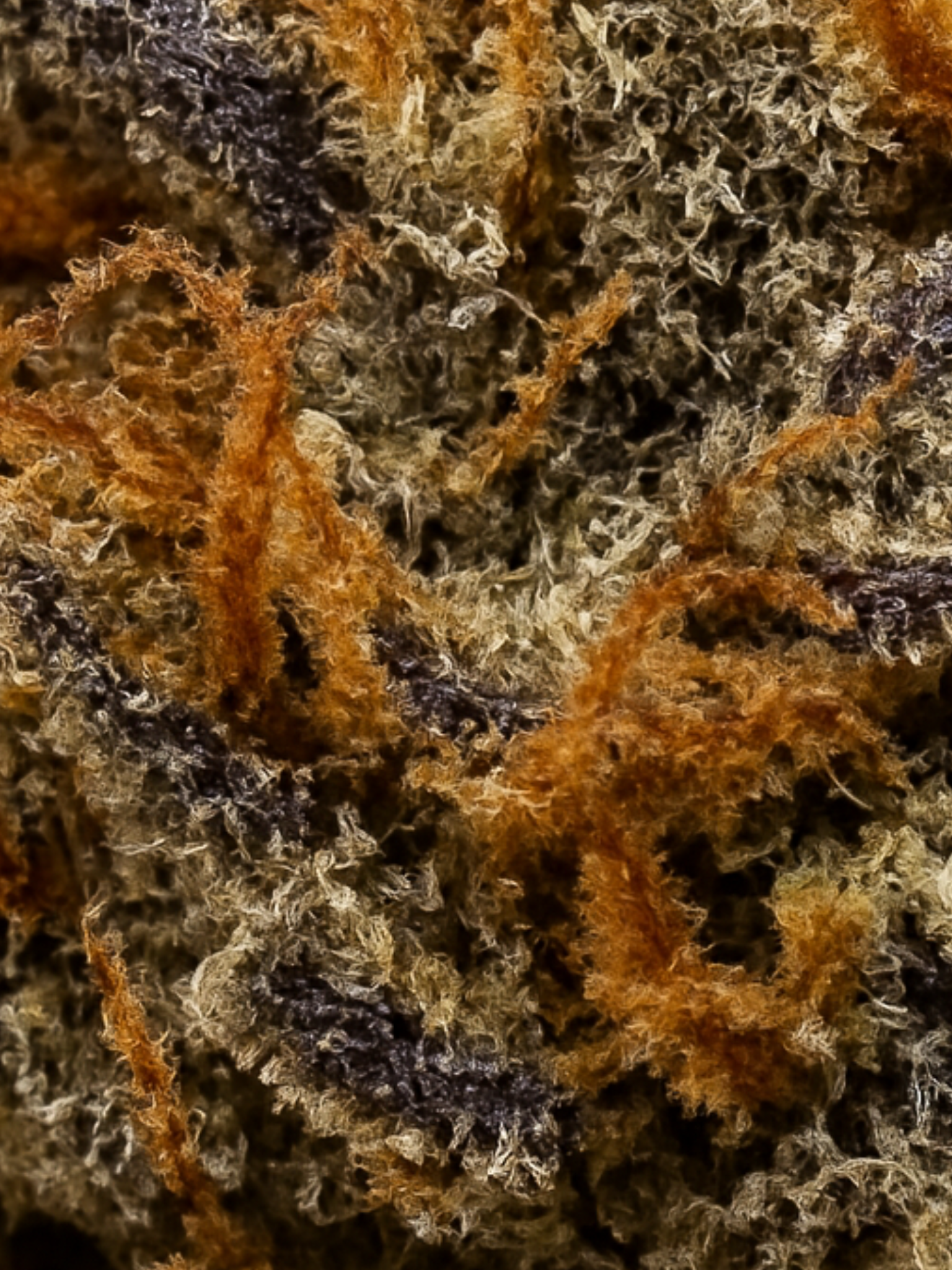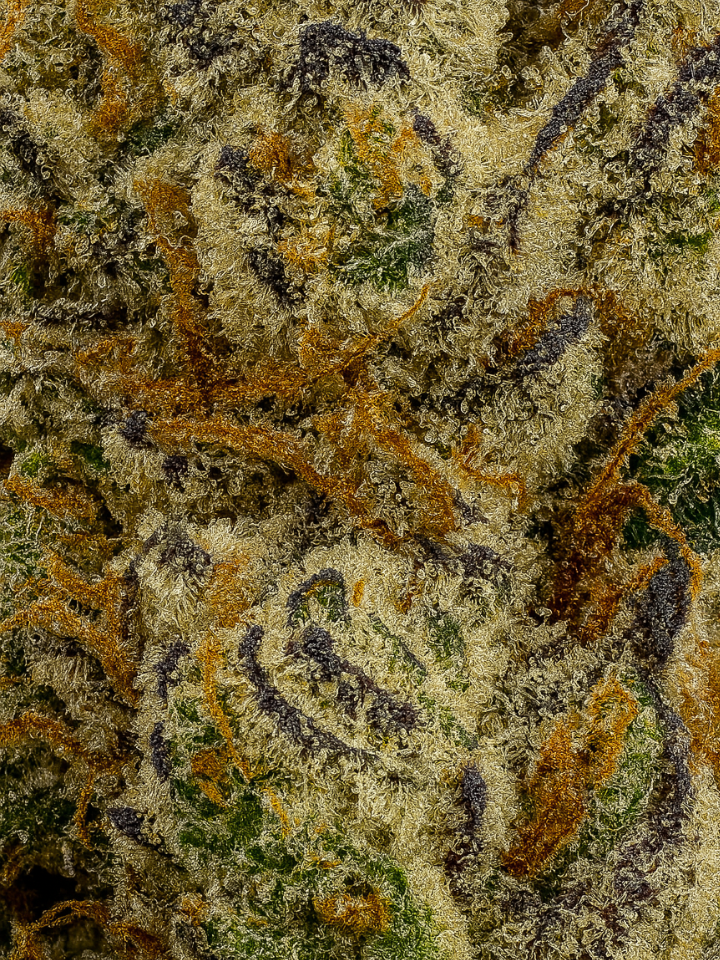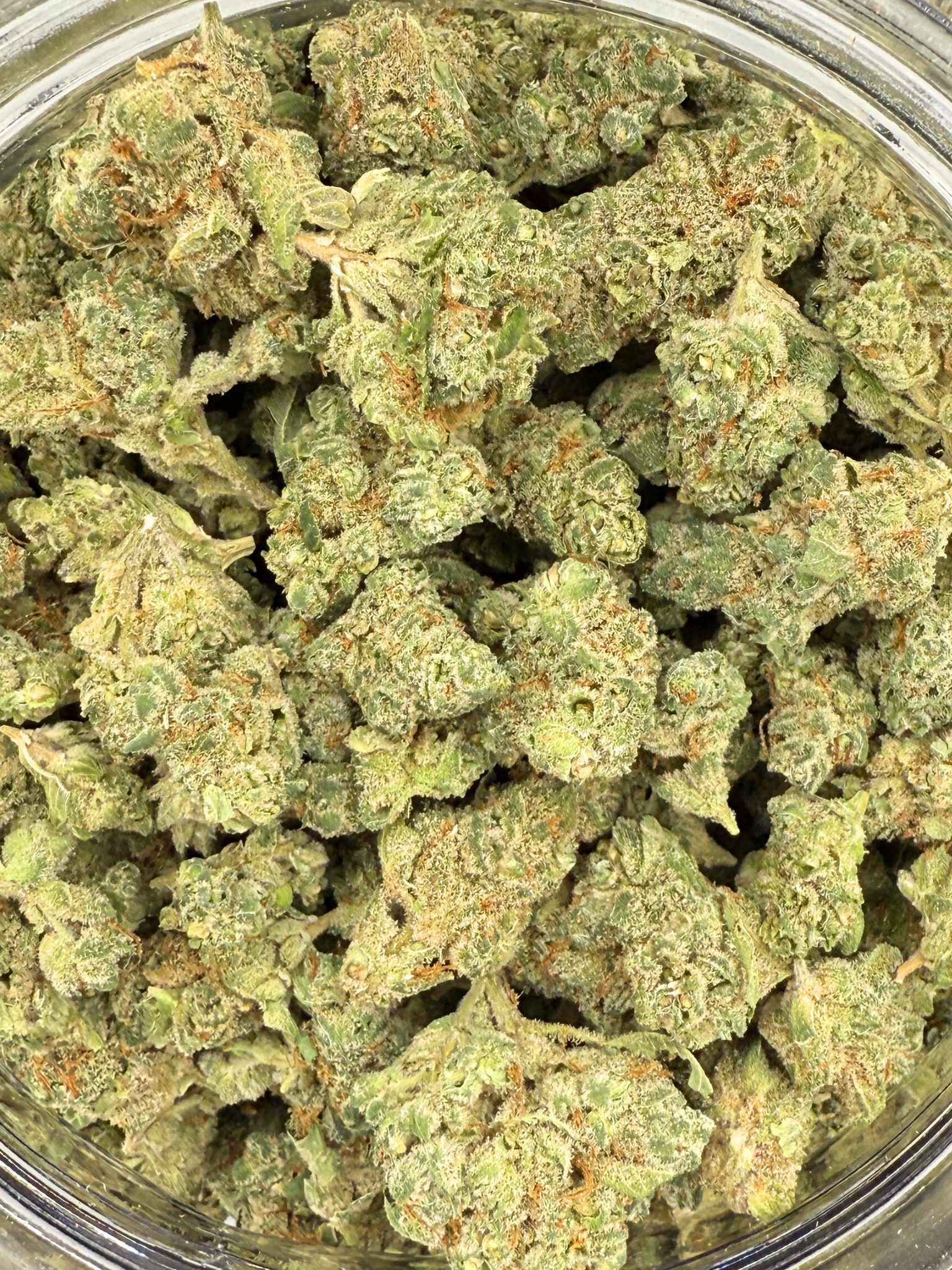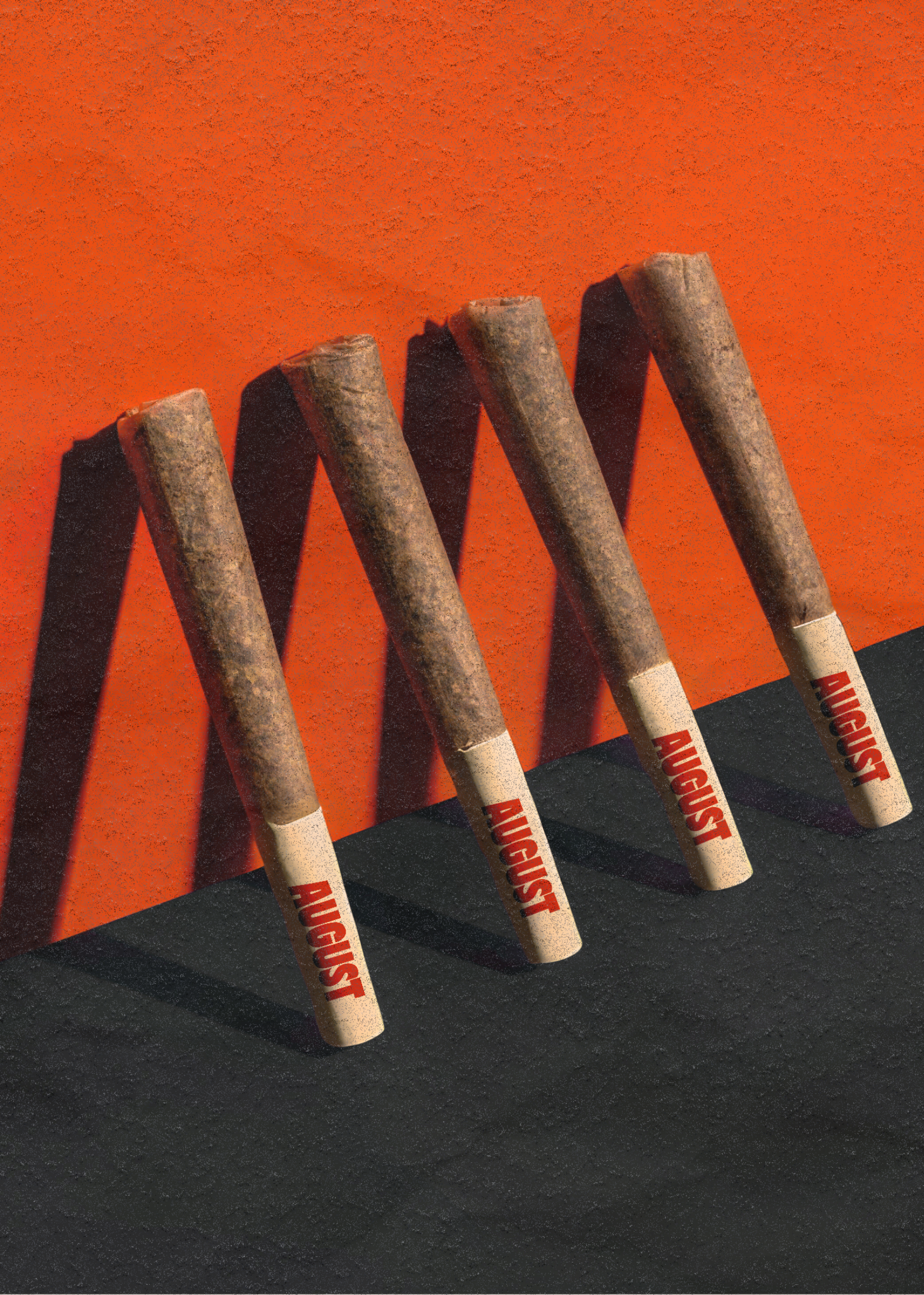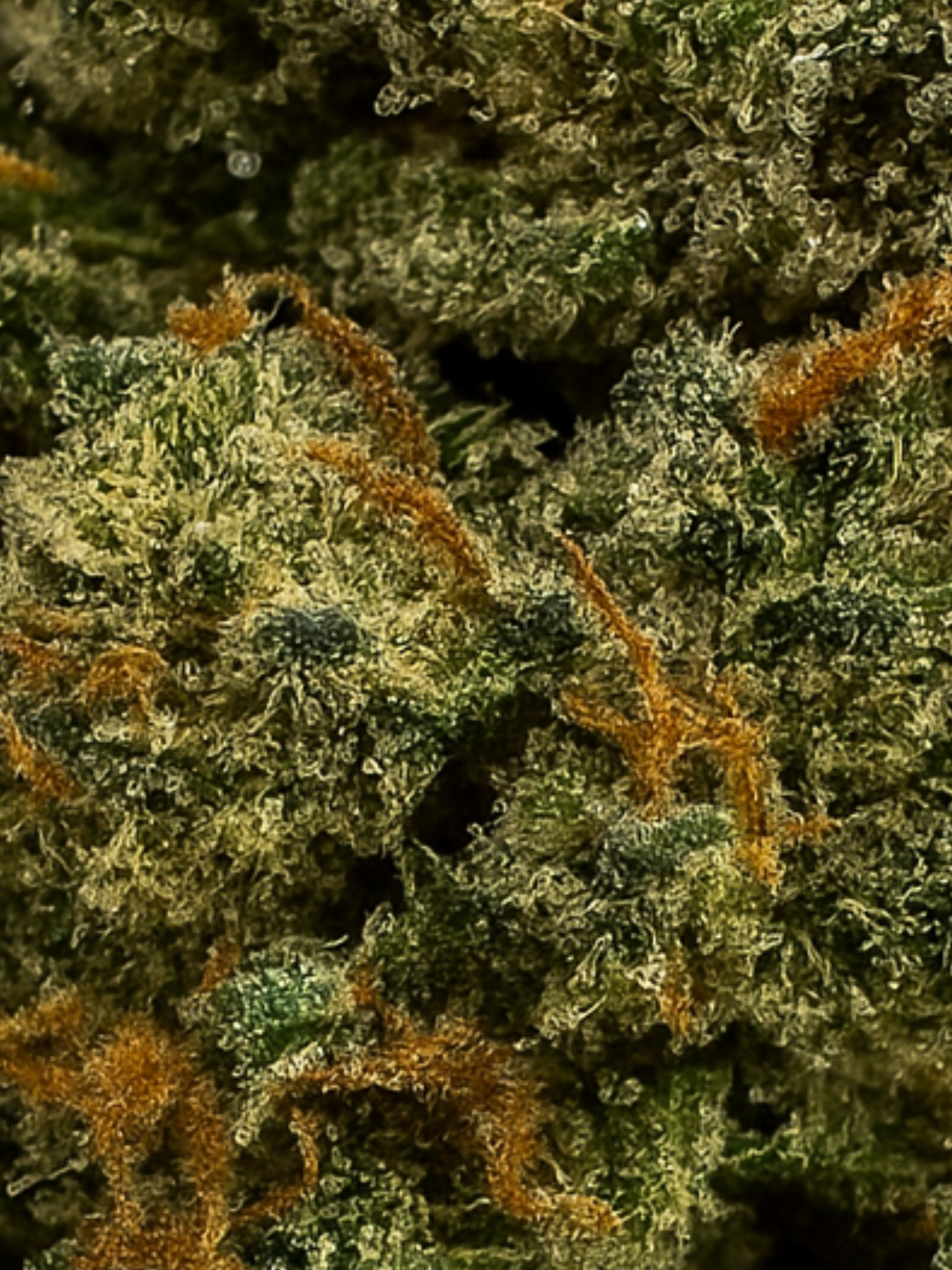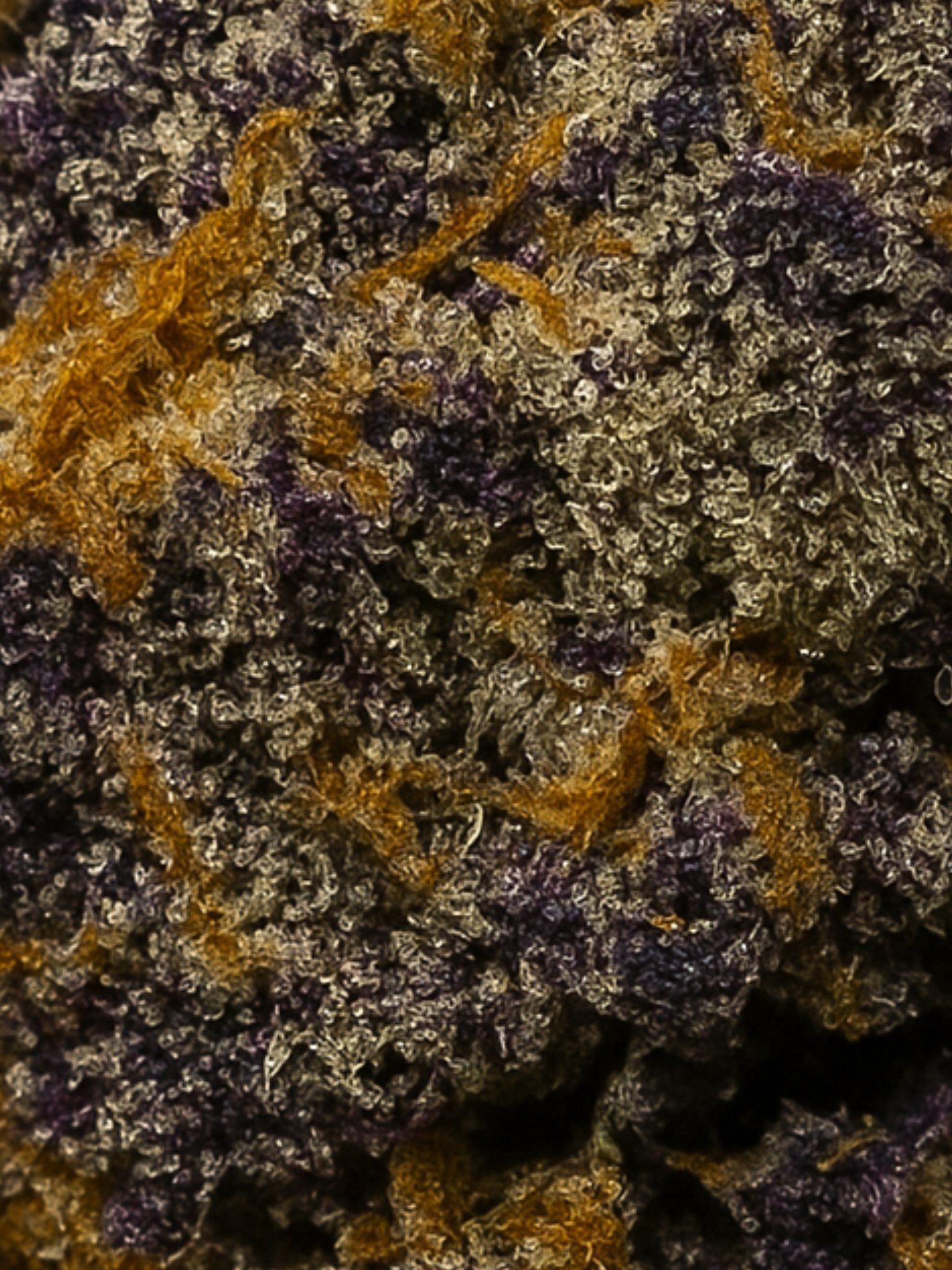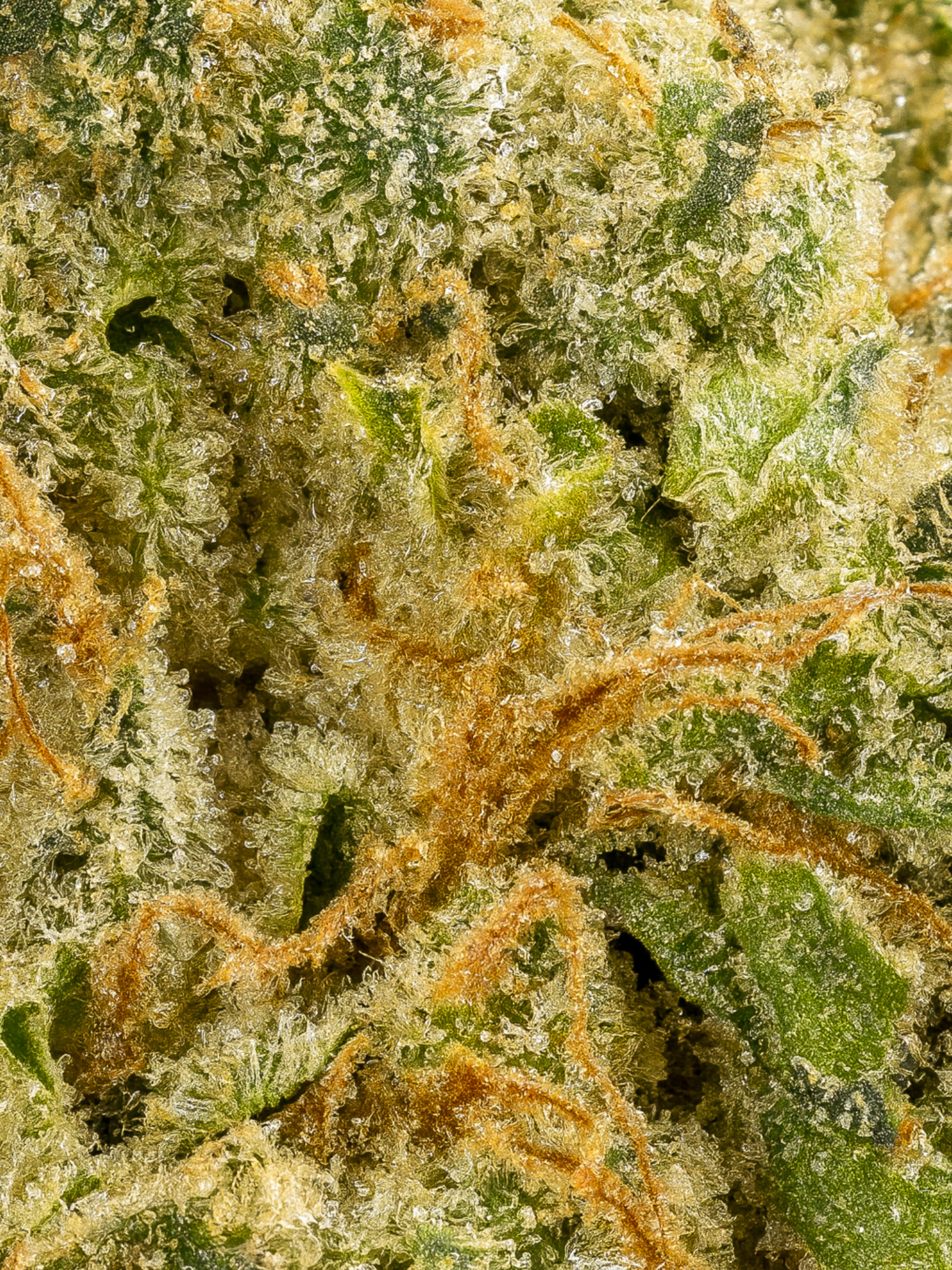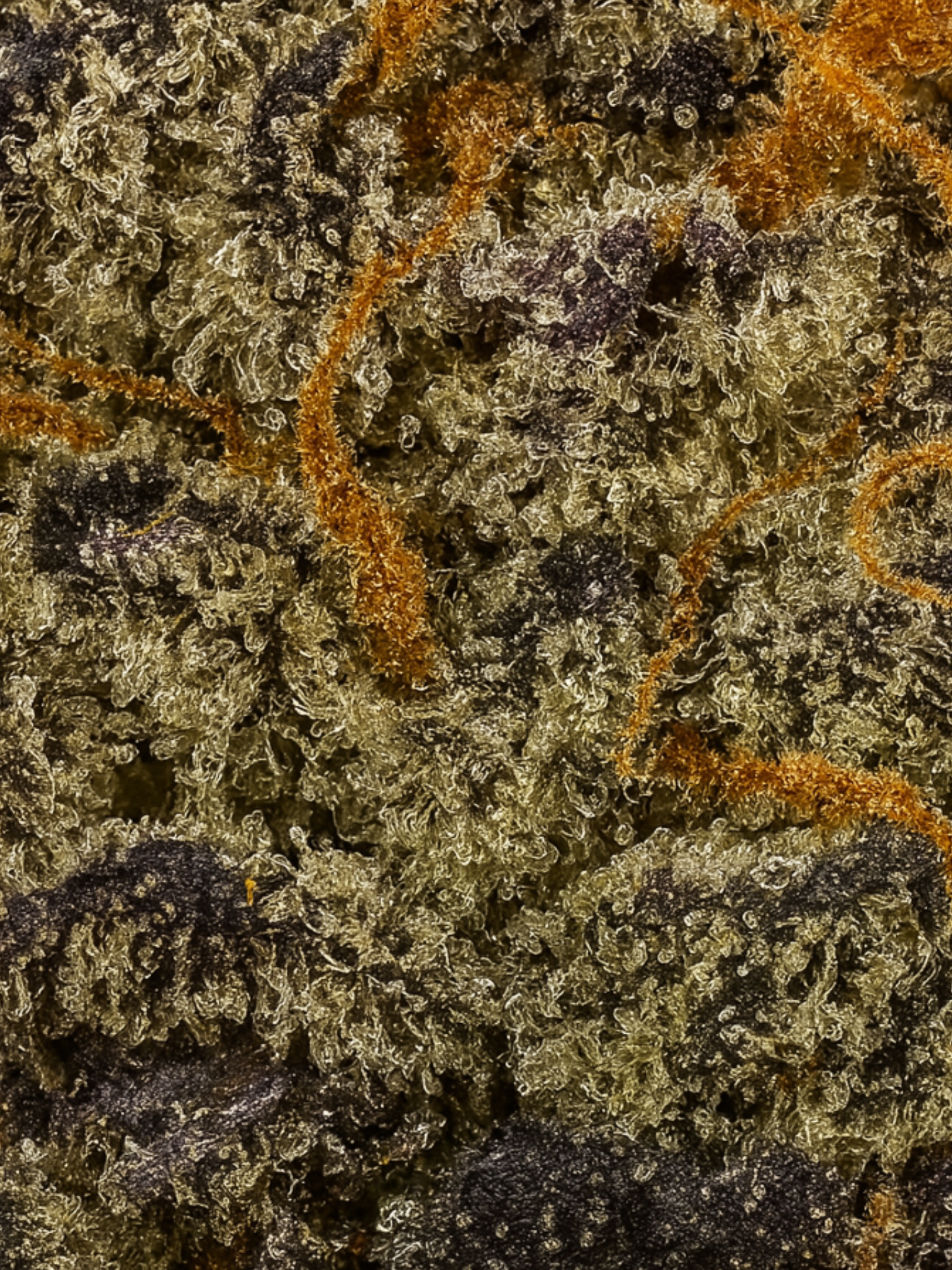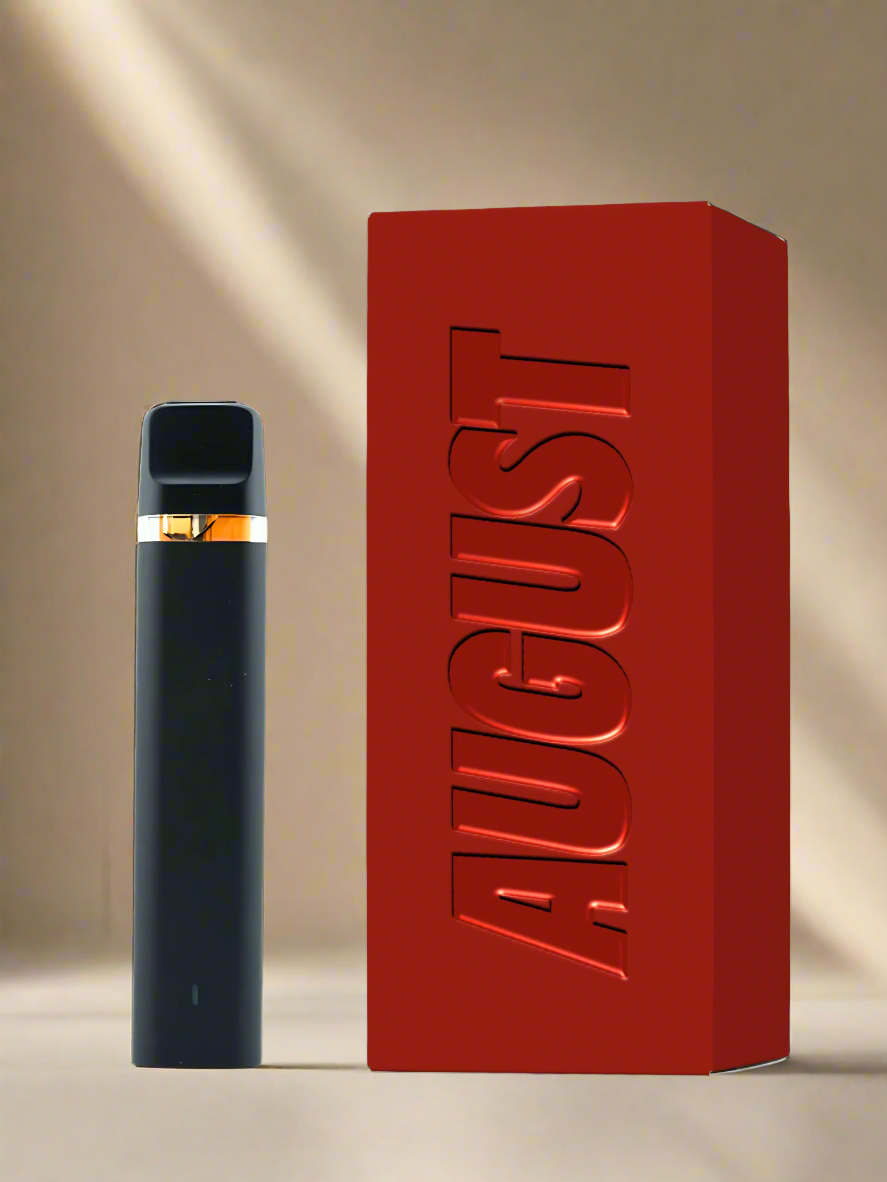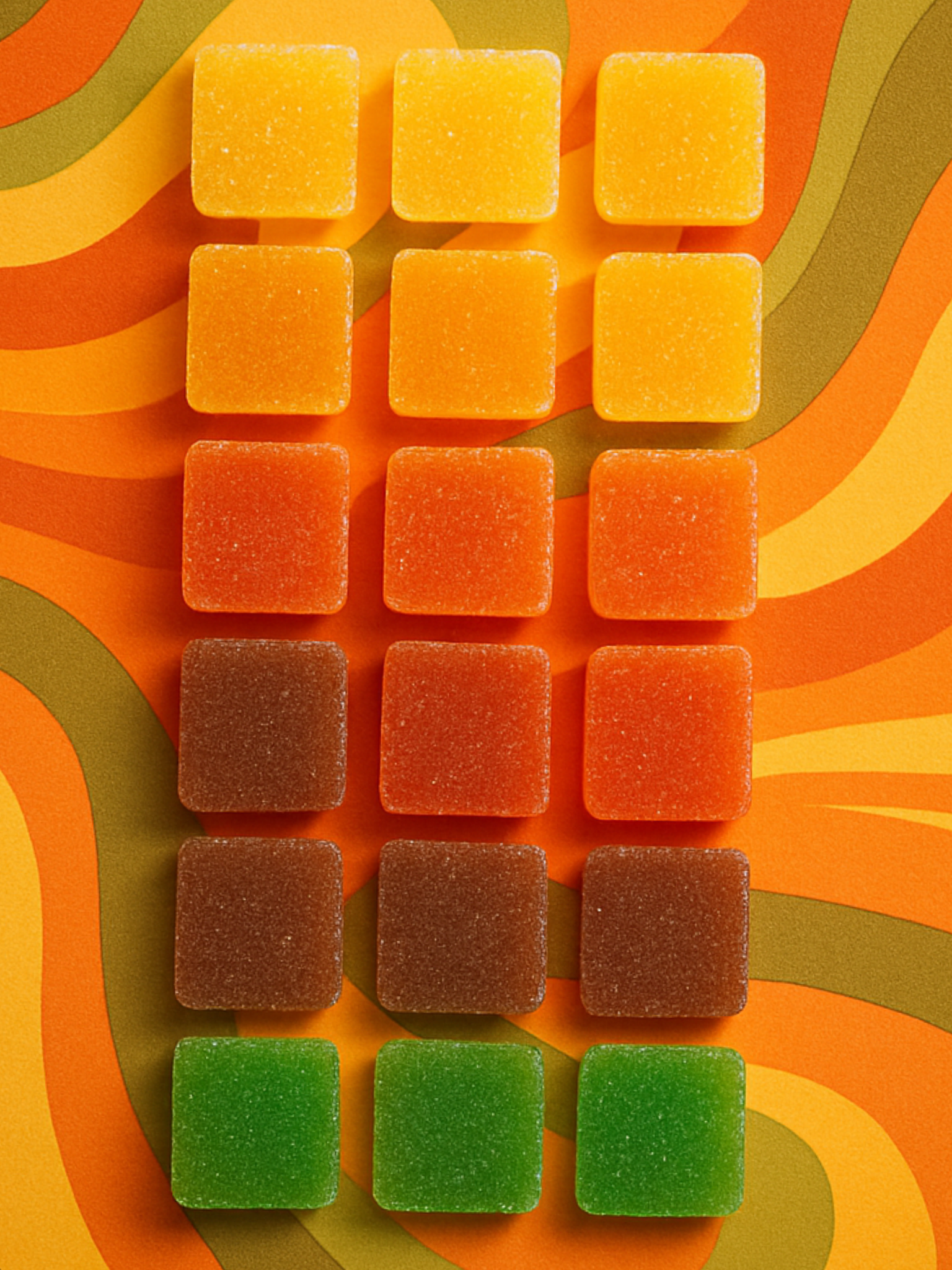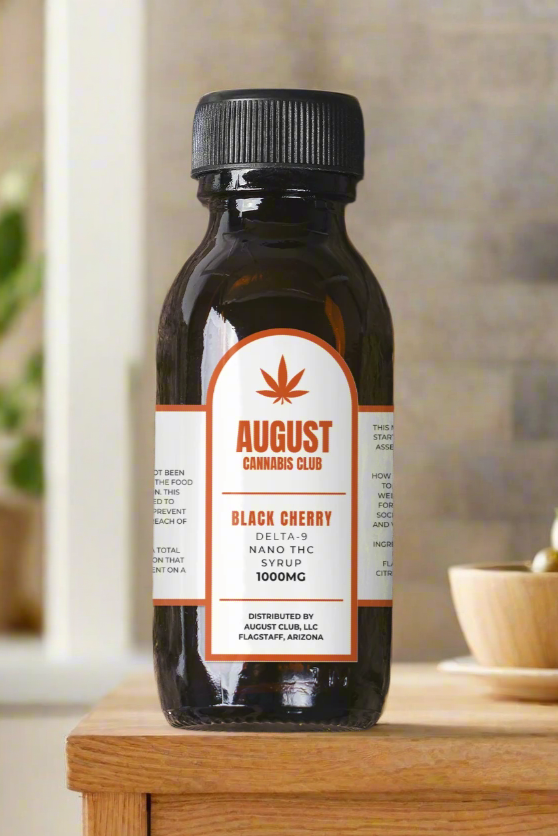Finding your cannabis doesn't hit like it used to? You're not alone. Learning how to lower THC tolerance has become a crucial concern for many regular users who need increasingly larger doses to feel the same effects.
The science behind THC tolerance is clear - regular cannabis use leads to decreased sensitivity in your brain's cannabinoid receptors. However, research shows there are proven ways to reset your system and restore your sensitivity to THC.
Fortunately, you don't need to quit cold turkey forever. From strategic tolerance breaks to scientifically-optimized consumption methods, these 7 evidence-based techniques will help you get more from less in 2025. Let's explore the most effective approaches backed by current research.
The Science Behind THC Tolerance
Image Source: Nature
The endocannabinoid system plays a vital role in regulating numerous physiological processes through CB1 receptors distributed throughout the central nervous system. Understanding how these receptors adapt to regular cannabis use is crucial for managing THC tolerance effectively.
How THC Affects CB1 Receptors
When THC binds to CB1 receptors, it triggers a cascade of cellular responses that ultimately lead to decreased receptor sensitivity. Research shows that CB1 receptors are most densely concentrated in the cerebral cortex, hippocampus, basal ganglia, cerebellum and brainstem [1]. Initially, THC activates these receptors, leading to inhibition of adenylyl cyclase and voltage-gated calcium channels while stimulating mitogen-activated protein kinases [2].
With repeated exposure, CB1 receptors undergo two major adaptations. First, the receptors become desensitized, meaning they respond less strongly to THC. Subsequently, the number of available CB1 receptors decreases through a process called downregulation [2]. Studies reveal that chronic cannabis users show up to 20% reduction in CB1 receptor availability in cortical regions [2].
Measuring THC Tolerance Levels
Scientists can now measure THC tolerance through various biological markers. PET imaging studies demonstrate that CB1 receptor downregulation begins within days of regular use [2]. Notably, these changes are more pronounced in cortical versus subcortical brain regions [2].
Blood THC levels additionally provide insight into tolerance development. Research indicates that chronic users typically show higher baseline THC concentrations, yet experience diminished effects compared to occasional users [3]. Specifically, studies found that regular users maintain detectable THC levels even before consumption, indicating accumulated residuals from repeated use [3].
Signs of High Cannabis Tolerance
Several key indicators suggest the development of high THC tolerance:
Needing increasingly larger doses to achieve desired effects
Diminished cognitive and motor impairments from usual doses
Reduced subjective feelings of intoxication despite consuming standard amounts
Quick recovery from acute cannabis effects
Research demonstrates that chronic users show significantly less impairment in executive function, impulse control, and psychomotor performance compared to occasional users, despite similar THC blood concentrations [1]. Additionally, studies reveal that frequent users experience approximately 50% less intense subjective effects from the same dose of THC [3].
Remarkably, these tolerance effects are reversible. Studies show that CB1 receptor levels typically return to normal after 2-4 weeks of abstinence [2]. Furthermore, research indicates that tolerance develops at different rates for various effects - while tolerance to some cognitive effects may develop quickly, tolerance to other effects like memory impairment may take weeks or months to manifest [2].
Microdosing Protocol
Image Source: Frontiers
Microdosing cannabis offers a strategic approach to managing THC tolerance through controlled, minimal consumption. Research shows that most people achieve better results from lower cannabis doses, particularly for managing pain and inflammation [4].
Calculating Your Microdose
A standard microdose ranges between 1-2.5 milligrams of THC [5]. First-time users should start with 1mg THC, gradually increasing by 0.5mg increments until finding their optimal dose [6]. Studies indicate that even a 1mg dose of THC produced significant pain relief versus placebo [5].
For optimal results, consider these dosing guidelines:
Begin with 1mg THC and 1mg CBD
Wait 45 minutes before assessing effects
Increase dose by 1mg if no effects are felt
Document responses at each dose level
Continue until minimal effects are noticed
Tracking Tools and Apps
Modern technology has revolutionized cannabis consumption tracking. Several specialized apps help monitor dosage, effects, and patterns:
The Releaf app enables users to track cannabis varieties, log feelings, and generate intelligent reports to identify most effective products [7]. Moreover, the Houston app assists in monitoring microdose schedules, mood changes, and setting intentions for each session [8].
These digital tools typically include features for:
Managing cannabis inventory
Recording side effects
Sharing reports with healthcare providers
Setting dosage reminders
Analyzing consumption patterns
Benefits of Microdosing
Scientific research reveals that microdosing cannabis can offer numerous advantages. A 2017 study demonstrated that 7.5mg THC effectively reduced anxiety during stressful situations, whereas higher doses of 12.5mg intensified stress levels [5].
Studies indicate microdosing may help with:
Enhanced focus and creativity [9]
Improved sleep quality [5]
Reduced anxiety and stress [6]
Better pain management [4]
Increased productivity [10]
Particularly noteworthy, research shows that microdosing allows users to maintain cognitive function throughout the day [11]. In fact, many professionals report enhanced work performance through controlled microdosing protocols [10].
Regular tracking through specialized apps has demonstrated that users who maintain consistent microdosing schedules often experience improved outcomes [7]. Therefore, maintaining detailed records of consumption patterns, effects, and dosage adjustments becomes crucial for optimizing personal benefits.
CBD-THC Ratio Optimization
Image Source: Leaf411
Optimizing the ratio between CBD and THC emerges as a powerful strategy for managing cannabis tolerance. Recent studies demonstrate that specific CBD:THC combinations can significantly influence how THC affects your system.
Finding Your Ideal Ratio
Understanding CBD:THC ratios proves essential since different combinations yield varying effects. Research indicates that ratios ≥1:1 tend to enhance THC's effects, although ratios around 1:2 show minimal impact on THC's influence [12]. Alternatively, ratios between 1:>2<6 and ≤1:6 often provide protective effects against THC's potency [12].
For those seeking to lower THC tolerance, consider starting with:
A CBD-predominant strain at 5mg twice daily
Gradually increase CBD dose by 10mg every 2-3 days
Aim for a maximum of 40mg CBD daily [13]
Once stabilized at 40mg CBD, introduce 2.5mg THC and adjust by 2.5mg increments every 2-7 days based on your response [13].
Best CBD-Rich Strains
Several cannabis varieties offer optimal CBD content for tolerance management:
ACDC stands out with its impressive 20:1 CBD:THC ratio, containing merely 1-6% THC [14]. Charlotte's Web, another noteworthy option, boasts a remarkable 32:1 CBD:THC ratio [14]. Ringo's Gift, averaging 15% CBD and less than 1% THC, presents yet another excellent choice [14].
Timing Your CBD Intake
Strategic timing of CBD consumption maximizes its effectiveness in managing THC tolerance. Studies suggest that CBD's presence in the bloodstream remains significant for approximately 15 hours after administration [15]. Consequently, maintaining consistent CBD levels throughout the day becomes crucial.
Research demonstrates that CBD can alter cannabis effects differently based on consumption timing. Evening doses ranging from 5-10mg CBD have shown promising results [13]. Nevertheless, consistent daily dosing proves more effective than sporadic administration [15].
Through careful ratio optimization, users often experience enhanced benefits with lower THC doses. Studies reveal that patients utilizing balanced CBD:THC products reported improved outcomes versus THC alone [12]. Remarkably, even minimal CBD doses of 2.5mg combined with small THC amounts demonstrated therapeutic effects [16].
Exercise and Metabolism Boost
Image Source: American Journal of Physiology - American Physiological Society
Physical activity emerges as a powerful catalyst for managing THC tolerance through its unique interaction with stored cannabinoids. Recent studies reveal fascinating insights into how exercise influences cannabis metabolism and tolerance levels.
Cardio vs Strength Training Impact
Research demonstrates that moderate-intensity cardio exercise for 35 minutes leads to measurable increases in blood THC levels [3]. This effect occurs because THC stored in fat tissue gets released back into the bloodstream as exercise promotes fat utilization [3]. Remarkably, these exercise-induced increases in plasma THC concentrations correlate positively with body mass index [3].
Strength training's impact differs from cardio, as shown in studies examining resistance exercise protocols. A recent investigation found that 150mg of CBD supplementation following muscle-damaging workouts showed no beneficial effects on muscle function or perceived soreness [17]. Yet, alternate research suggests that 60mg CBD doses may help reduce post-exercise muscle damage markers [17].
Pre-workout Cannabis Use
The timing of cannabis consumption relative to exercise requires careful consideration. Studies indicate that exercise performed 35 minutes after cannabis intake results in small yet statistically significant rises in plasma THC levels [3]. Accordingly, individuals looking to lower tolerance should exercise first, then consume cannabis, rather than the reverse order.
Exercise intensity also plays a crucial role - studies show that working out at 60-75% of maximal heart rate optimally promotes lipolysis and THC release [18]. This intensity range typically corresponds to moderate activities like jogging or cycling where conversation remains possible yet challenging.
Recovery Protocols
For optimal recovery and tolerance management, research supports implementing these evidence-based protocols:
Allow 24-48 hours between cannabis use and intense exercise sessions [19]
Stay properly hydrated as dehydration can intensify THC effects [1]
Monitor heart rate during exercise as cannabis can increase cardiovascular demand [1]
Studies reveal that exercise alone may not sufficiently reset tolerance [18]. Instead, combining strategic exercise timing with other tolerance management approaches proves most effective. Notably, research shows that even a 24-hour break from cannabis coupled with exercise produces measurable changes in THC blood levels [18].
The relationship between exercise and cannabis tolerance involves complex physiological mechanisms. Physical activity stimulates the endocannabinoid system differently than cannabis consumption [1]. This distinction explains why exercise can help manage tolerance without directly replacing cannabis effects [1].
Strain Rotation Strategy
Image Source: Stink Blossom
Rotating cannabis strains emerges as an effective method for managing THC tolerance, backed by scientific evidence demonstrating how different cannabinoid and terpene profiles affect receptor responses.
Creating a Rotation Schedule
Research indicates that switching between various strains with differing cannabinoid ratios helps prevent tolerance buildup [20]. A well-structured rotation schedule involves alternating between 5-7 different cannabis varieties throughout the week [21]. Studies show that this approach maintains cannabinoid receptor sensitivity more effectively than consistent use of a single strain [22].
For optimal results, implement these evidence-based guidelines:
Allow 48-72 hours between using the same strain
Maintain detailed records of strain effects
Track tolerance development for each variety
Adjust rotation based on individual response
Terpene Profiles to Consider
Scientific analysis reveals distinct terpene combinations influence cannabis effects. Limonene-dominant strains demonstrate anxiolytic properties [23], while myrcene-rich varieties show enhanced sedative effects [23]. Pinene-containing strains may help counteract short-term memory deficits induced by THC [23].
Key terpenes for rotation include:
α-Pinene: Shows bronchodilator effects at low exposure levels [23]
Linalool: Exhibits sedating properties upon inhalation [23]
β-Caryophyllene: Acts as a selective CB2 agonist [23]
Myrcene: Functions as a muscle relaxant at higher doses [23]
Cross-Tolerance Prevention
Understanding cross-tolerance mechanisms proves crucial for maintaining cannabis effectiveness. Studies demonstrate that regular cannabis use can lead to cross-tolerance with other substances affecting similar receptor systems [24]. Remarkably, research shows cross-tolerance develops differently across various neurotransmitter systems [24].
To minimize cross-tolerance:
Rotate between indica and sativa dominant strains
Vary consumption methods periodically
Include CBD-rich varieties in rotation
Monitor individual response patterns
Evidence suggests that implementing strategic strain rotation alongside other tolerance management techniques yields superior results [21]. Furthermore, studies indicate that rotating between strains with diverse terpene profiles helps maintain therapeutic efficacy while reducing tolerance development [23].
Consumption Method Cycling
Image Source: American Journal of Physiology - American Physiological Society
The method of cannabis consumption directly impacts how quickly tolerance develops and the intensity of effects experienced. Research demonstrates that different intake methods lead to varying levels of THC absorption and bioavailability in the bloodstream [2].
Different Methods' Impact on Tolerance
Smoking remains the most common consumption method, mentioned in 152 per 1000 posts across cannabis communities [25]. Yet, vaporizing shows promise for managing tolerance, as it delivers cannabinoids more efficiently without combustion-related compounds [2]. Studies indicate vaporized cannabis produces stronger effects with approximately 10-20% higher THC delivery versus smoking [25].
Edibles present unique considerations for tolerance management. Their delayed onset (30-60 minutes) and extended duration (2-4 hours) result in different tolerance patterns [2]. Remarkably, edible consumption produces higher levels of 11-hydroxy-THC, a more potent metabolite that intensifies psychoactive effects [26].
Optimal Cycling Schedule
Scientific evidence supports alternating between consumption methods every 3-4 days to minimize tolerance buildup [2]. A structured cycling schedule might include:
Days 1-3: Vaporization
Days 4-6: Smoking
Days 7-9: Edibles
Days 10-12: Return to vaporization
Method-Specific Tips
For optimal results when cycling consumption methods, research highlights several key considerations. Vaporization requires temperatures between 347-392°F for efficient cannabinoid extraction [2]. Concerning edibles, onset time varies based on metabolism and recent food consumption [26].
Studies reveal that dabbing concentrates leads to significantly higher subjective effects (mean=7.8) versus smoking (mean=6.8) [25]. Undoubtedly, this heightened potency necessitates careful dosing when incorporating concentrates into rotation schedules.
Cross-tolerance between different consumption methods varies substantially [24]. Fascinatingly, tolerance developed through one method may not fully translate to others, making method cycling an effective strategy for maintaining sensitivity to THC's effects [2].
Conclusion
Scientific evidence clearly demonstrates that managing THC tolerance requires a multi-faceted approach. Research shows that combining several strategies - from strategic breaks to strain rotation - proves more effective than relying on a single method.
Studies confirm that CB1 receptor sensitivity typically returns within 2-4 weeks of implementing these techniques. Particularly noteworthy, microdosing protocols paired with CBD-THC ratio optimization show promising results for maintaining therapeutic benefits while minimizing tolerance buildup.
Exercise emerges as a powerful catalyst, especially when combined with strain rotation and consumption method cycling. Data indicates that moderate-intensity workouts can help release stored THC, though timing remains crucial for optimal results.
The science behind THC tolerance points toward an encouraging conclusion - tolerance management need not mean complete abstinence. Rather, thoughtful application of these evidence-based approaches allows users to maintain cannabis effectiveness while potentially reducing their overall consumption.
Remember that individual responses vary significantly. Careful tracking of personal results helps determine which combination of these scientifically-validated methods works best for your specific situation.
References
[1] - https://pmc.ncbi.nlm.nih.gov/articles/PMC8369499/[2] - https://pmc.ncbi.nlm.nih.gov/articles/PMC5508136/[3] - https://pubmed.ncbi.nlm.nih.gov/24018317/[4] - https://pmc.ncbi.nlm.nih.gov/articles/PMC3045517/[5] - https://koan.life/post/your-guide-to-microdosing-cannabis/[6] - https://learn.turn.me/posts/microdosing-metrics-determining-the-right-amount-of-thc[7] - https://play.google.com/store/apps/details?id=com.releafapp.releaf&hl=en_US[8] - https://mashable.com/article/houston-microdosing-app[9] - https://viiahemp.com/blogs/education/guide-to-microdose-gummies[10] - https://www.rollingstone.com/culture/culture-features/why-microdosing-is-taking-over-medical-marijuana-114462/[11] - https://takomawellness.com/cannabis-microdosing/[12] - https://pmc.ncbi.nlm.nih.gov/articles/PMC9207456/[13] - https://pmc.ncbi.nlm.nih.gov/articles/PMC8252988/[14] - https://joyorganics.com/blogs/news/how-to-determine-the-best-cbd-thc-ratio-for-sleep-and-other-potential-wellness-benefits?srsltid=AfmBOopbccxhcto_JI5u8UowutotZK4R9sP2iBZ2xZTBYuoQQ7H-ahcJ[15] - https://pmc.ncbi.nlm.nih.gov/articles/PMC6454895/[16] - https://projectcbd.org/what-is-cbd/cbd-dosage/[17] - https://pmc.ncbi.nlm.nih.gov/articles/PMC8566388/[18] - https://pmc.ncbi.nlm.nih.gov/articles/PMC4270258/[19] - https://www.healthline.com/health/weed-tolerance[20] - https://theemeraldmagazine.com/8-tips-to-rock-a-tolerance-break/[21] - https://thekratomfamily.com/why-kratom-rotations-can-keep-you-sane/[22] - https://www.cannabisbusinesstimes.com/climate-environment-control/greenhouse-cannabis-cultivation/article/15700122/your-guide-to-the-perpetual-harvest-updated[23] - https://www.mdpi.com/2297-8739/10/9/500[24] - https://www.sciencedirect.com/topics/pharmacology-toxicology-and-pharmaceutical-science/cross-tolerance[25] - https://pmc.ncbi.nlm.nih.gov/articles/PMC6692176/[26] - https://www.periodicedibles.com/blog/the-science-of-cannabis-consumption-methods






















